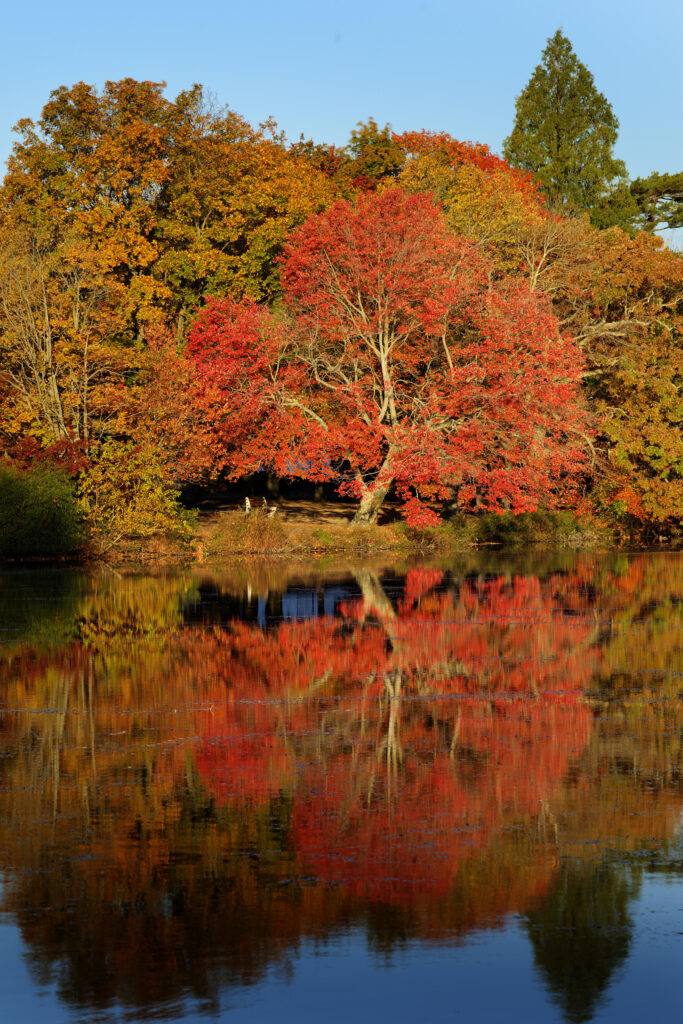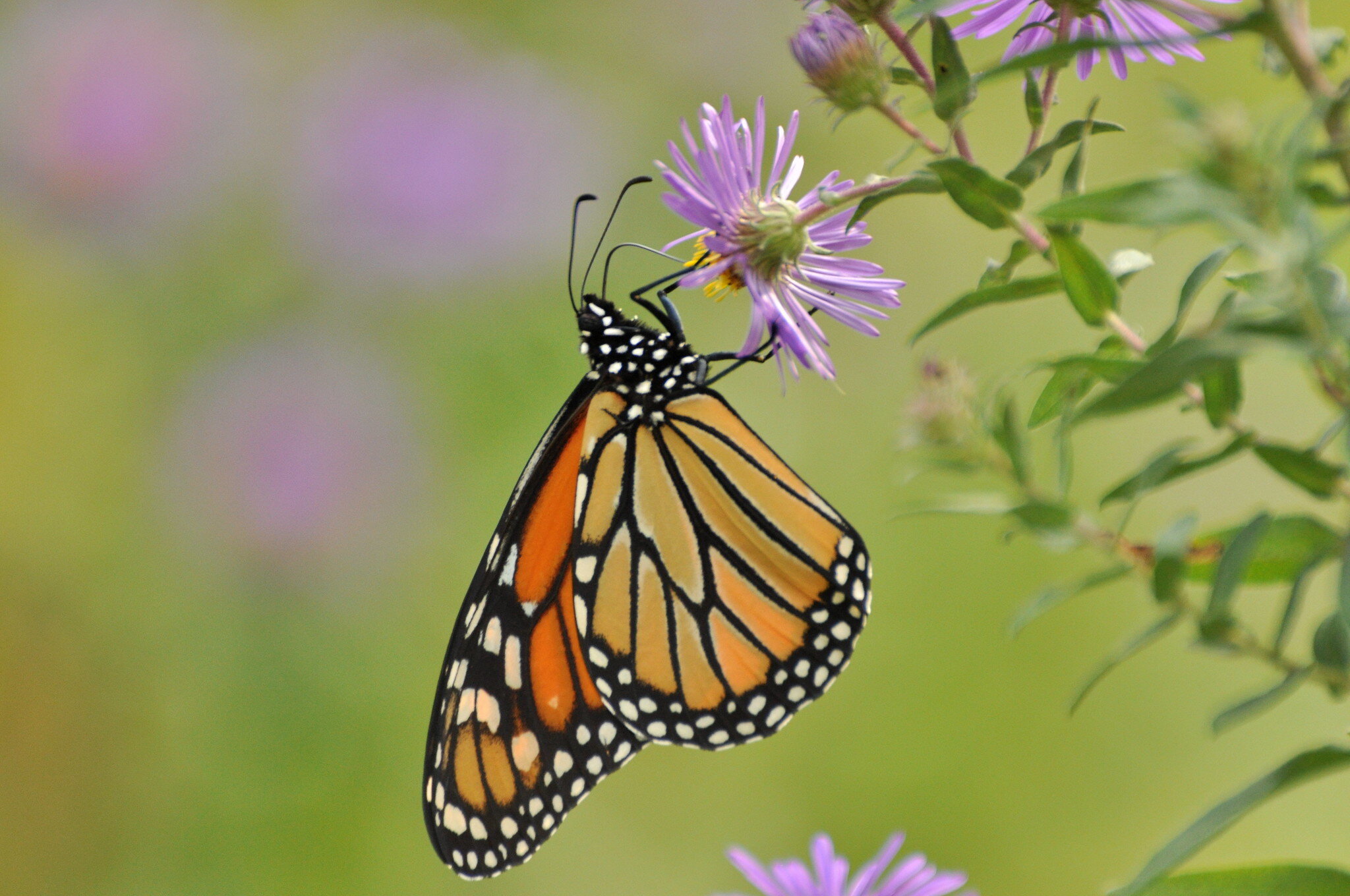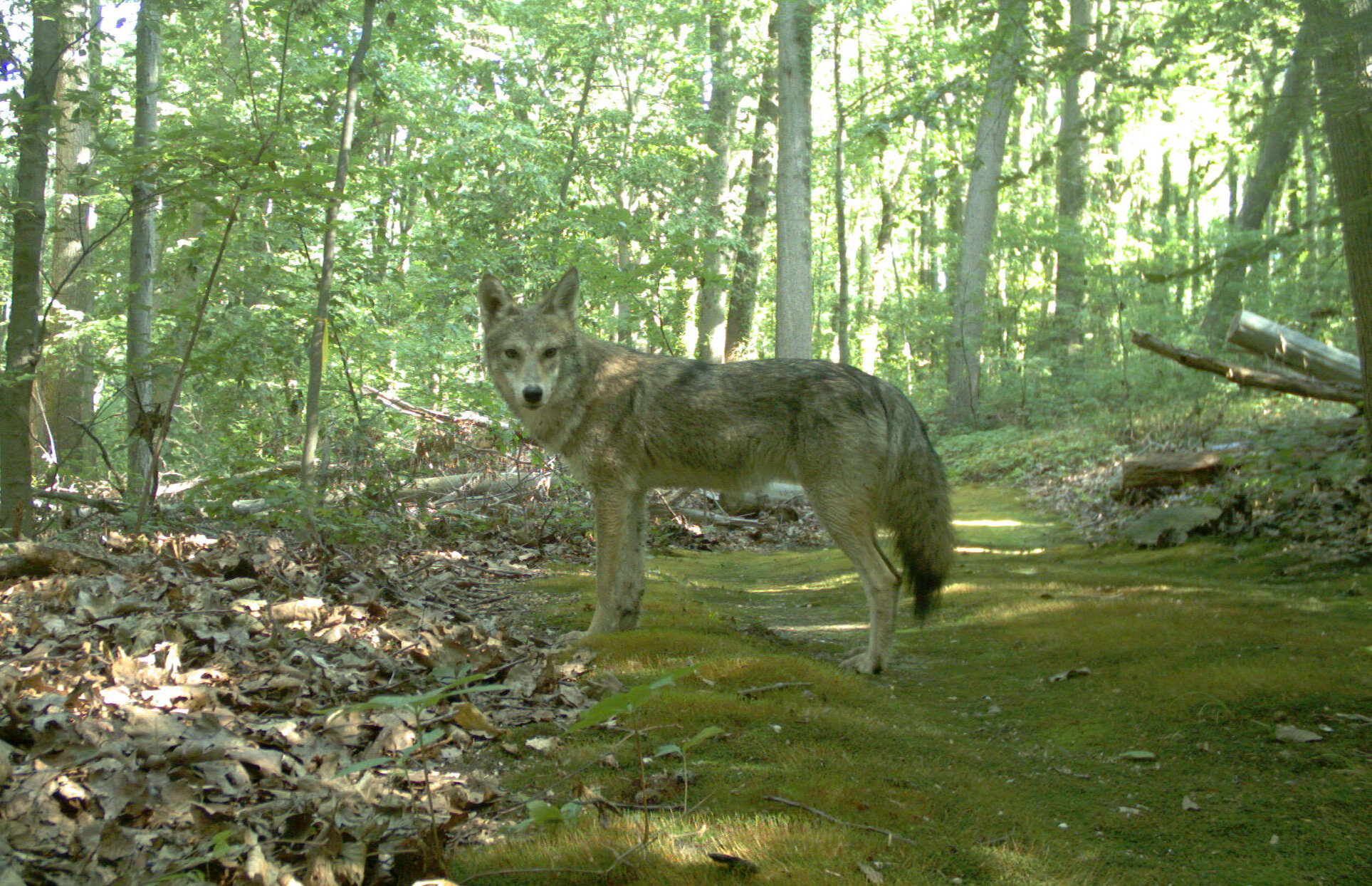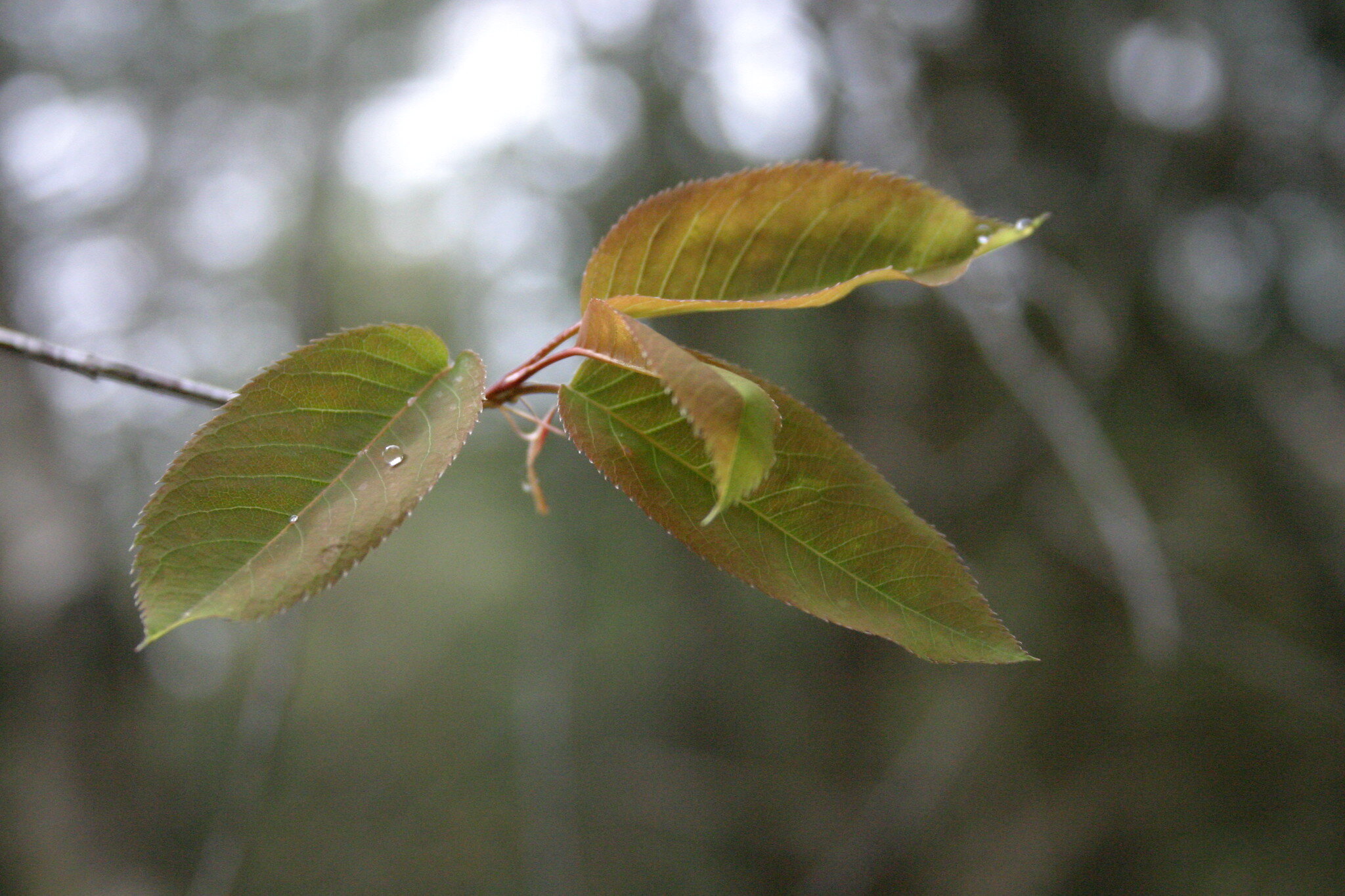
Many of the things we enjoy most about nature happen for a reason. Flowers are bright and aromatic to attract pollinators. Songbirds fill the woods with song to attract mates. We enjoy these and many other natural occurrences, but we’re not the intended audience.
Fall foliage is different. The dramatic annual show of color doesn’t occur for a particular biological purpose, it’s just a by-product of another process, one that deciduous (meaning “summer green”) trees go through to prepare for their winter dormancy (an evolutionary strategy that largely accounts for their abundance in North America, as I’ll explain later).
Like all plants, trees are autotrophs (“self feeders”). They get what they need from the soil (with the help of fungus), water and sky. The basis of this independent living is a process called photosynthesis, in which energy from the sun is used to split molecules of water to create compounds that become the building blocks of living tissue (it also creates the oxygen we breath).
The star of photosynthesis is an amazing pigment called chlorophyll, which is responsible for capturing the units of energy from sunlight. Chlorophyll is green (or more accurately it appears green because it absorbs all colors of the visible light spectrum except green). And leaves, as the places where photosynthesis occurs, are loaded with chlorophyll. So here’s the point of this little biological lesson – because they contain so much chlorophyll the leaves of deciduous trees themselves appear green (most of the time).
As the days begin to grow shorter with the arrival of autumn, deciduous trees know winter is right around the corner. Pigments in their leaves respond to the lengthening darkness (not decreasing daylight) and trigger the preparation for winter (while astronomy governs the timing of this process, plants also have some ability to adjust to the weather in any given year, which is why it’s difficult to predict exactly when foliage season will peak).

Instead of struggling through short days, low-angle sunlight and harsh weather, deciduous trees have evolved a strategy of entering a dormant period. Essentially, they close up shop, get out of the photosynthesis business, and go to sleep. Part of this process involves giving up on their leaves for the season – it helps them save energy and water, and makes them less susceptible to storm damage (this is why some people say trees don’t really “lose” their leaves, but rather discard them).
As they prepare for their sleep, trees withdraw nutrients from their leaves to store in their trunks and roots. One of the things they take out is chlorophyll – and it is this seemingly trivial fact that accounts for the wondrous fall foliage! With the dominant chlorophyll gone, the red, yellow, brown or orange pigments in the leaves are able to shine through. It’s like removing a mask. The other colors have been there all along, but have been overpowered by the abundant green chlorophyll.
The removal of chlorophyll and other nutrients isn’t the end of the story, of course. After taking out what they need, the trees shut down the flow of water to the leaves by growing a cap at the point where the leaves connect to branches. As the water is shut off, the leaves slowly die and some of the remaining pigments break down, causing the bright autumn colors to fade. Eventually, when the cap is completely grown, the leaves are cut off from the tree’s system and await a breeze to pull them to the ground, where they accumulate to help protect the tree’s root system from extreme cold.
The fact that deciduous trees lose their leaves in winter, as I alluded to earlier, accounts for their success in eastern North America. It’s the reason we see so many deciduous trees; the reason why the fall foliage is not an isolated, patchy event, but rather a seasonal phenomenon that stretches from the Deep South up into Canada.
Conifers evergreens, such as pine and spruce, tend to dominate in places where the summers don’t get too hot. Broadleaf evergreens and southern pines take over in warmer environments that lack cold winters – places like southern Florida and practically the entire Southern Hemisphere. But in eastern North America, the expansive deciduous forest stretches into places, both to the north and to the south, where it should be subordinate to evergreens. Why?
The explanation has to do with the topography of North America. It’s wide and vast at the north and narrower towards the south, creating something of a funnel shape. And unlike other continents, all of North America’s mountain ranges run north-south, which means there are no mountains to interfere with the flow of air up and down the continent. These factors combine to exacerbate seasonal fluctuations in temperature.
Large bodies of cold air that gather across the continent’s vast northern regions in winter can flow unimpeded down the funnel towards the south. Similarly, warm summer air that builds over the Gulf of Mexico flows further north in the summer. The result is that North America experiences significantly colder temperatures in the winter and warmer temperatures in the summer. These great fluctuations favor species that are able to handle both extremes … and deciduous trees are masters.
Places like the Carolinas are far enough south that they should, by all rights, be dominated by broadleaf evergreen forests. But such forests can’t handle the cold Arctic blasts that occasionally flow down the funnel from the north. Similarly, the coniferous forests of Canada should stretch further south than the do, but those forests can’t handle the balmy summers that result from warm air flowing unimpeded out of the Gulf of Mexico. Therefore, while there are evergreen species that flourish at both ends of the temperature spectrum, there are none that can survive both extremes like deciduous trees can.

So the shape of North America and the alignment of its mountains have created a place where deciduous trees have been able to use their leaf-shedding strategy to their considerable advantage. The forests of the eastern half of the continent were once one of the planet’s great marvels – it’s been said that at one time a squirrel could travel from mid-Canada to Gulf of Mexico without every touching the ground! Today, after 400 years of serving modern humans, the great forest is only a shadow of its former self. But it is still like no other place on Earth. And for a few weeks every autumn, it puts on a great show! Enjoy!
Why Fall Foliage?



